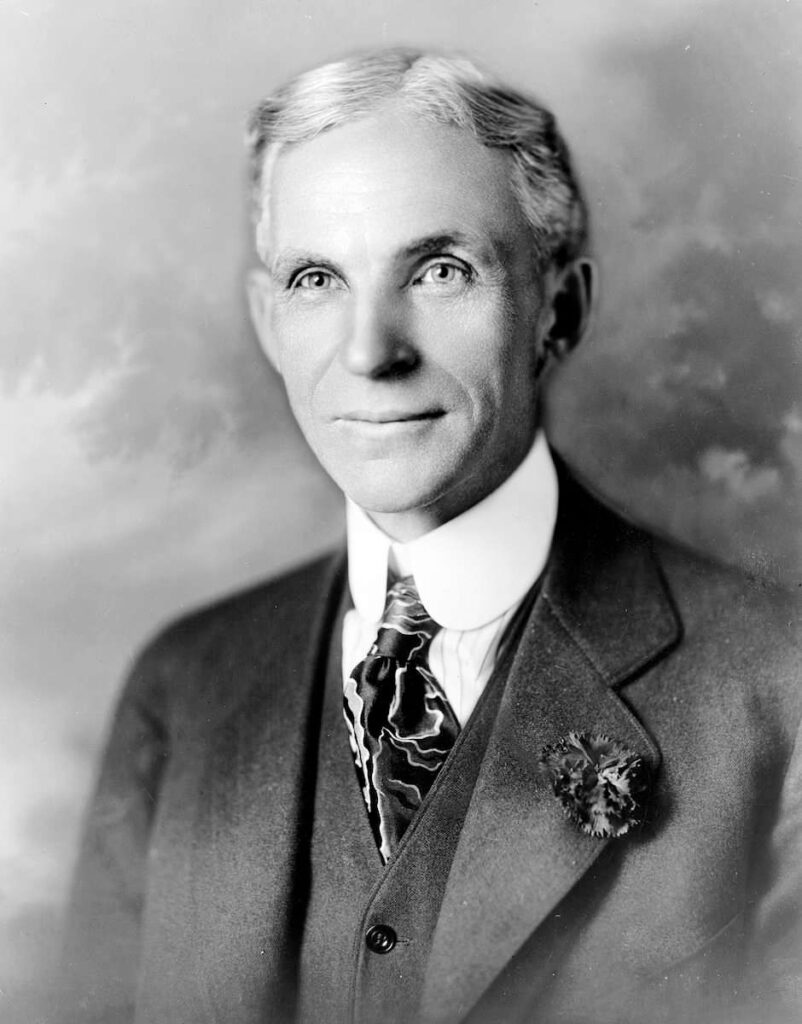
Ever found yourself scratching your head, wondering if what you learned in history class was the absolute, unvarnished truth? It’s a common feeling, because while our high school textbooks aim to distill complex narratives into digestible lessons, sometimes those lessons come with a few… embellishments. Or outright fabrications! The journey through the past is rarely as neat and tidy as the pages often suggest, brimming instead with fascinating nuances, untold stories, and plain old misunderstandings that have persisted through generations.
We’re diving deep into some of the most persistent historical lies that have been perpetuated in American classrooms, shaping our understanding of pivotal moments and legendary figures. It’s time to put on our investigative hats and channel our inner history detectives, because the truth, as they say, is often stranger — and far more interesting — than fiction. Get ready to have some of your most cherished historical ‘facts’ playfully but firmly debunked!
From the heroic acts we’ve revered to the groundbreaking inventions we’ve celebrated, many of these tales have been simplified, romanticized, or outright rewritten over the centuries for various reasons, from creating national unity to simply making a better story. But what happens when these narratives obscure the real events and the incredible complexities of human history? Join us as we pull back the curtain on 14 commonly taught historical ‘truths’ that, upon closer inspection, turn out to be anything but.
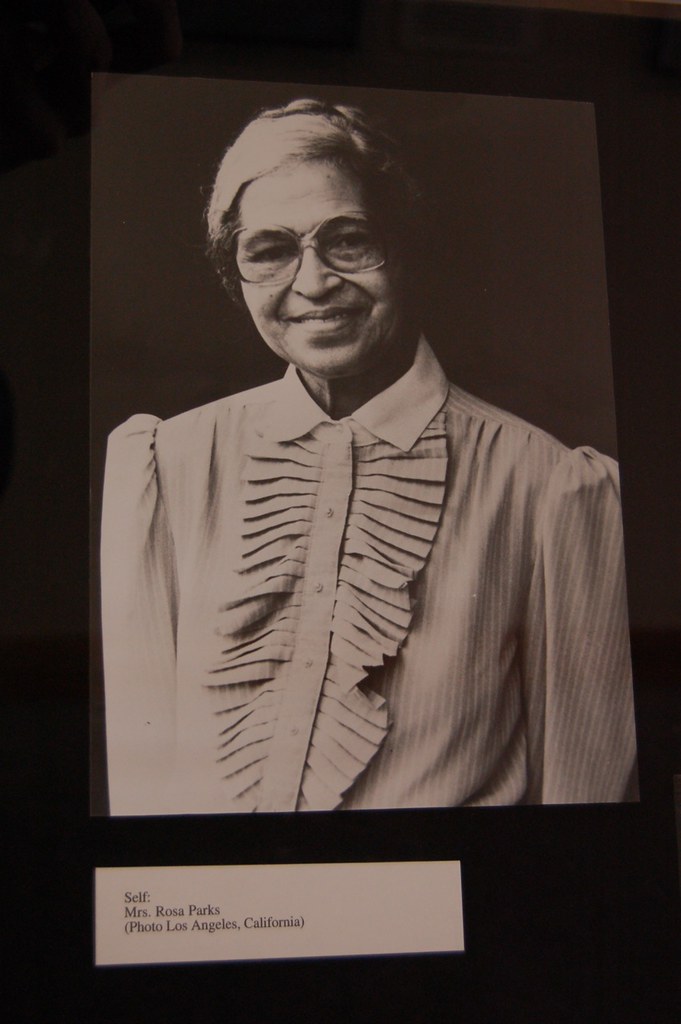
1. **Rosa Parks was not sitting in the white-only section**
No one can deny that Rosa Parks played a pivotal role in the Civil Rights movement by refusing to move to the back of the bus for being African American. Her act of defiance on that Montgomery, Alabama bus in 1955 remains a cornerstone of American civil rights lore, symbolizing courage and resistance against segregation. It’s a powerful image, taught in schools as a clear-cut stand against injustice.
However, one common misconception surrounding this iconic event is the exact location of her stand. The widely circulated story often suggests Ms. Parks was seated in a section explicitly designated for white passengers. This vivid image of direct encroachment onto forbidden territory amplifies the drama and perceived bravery of her actions.
History.com confirms that Ms. Parks was actually sitting in the first row of the middle section, which was designated for African Americans—the “colored” section. The bus became packed when more passengers boarded, and a white man was left standing. It was at this point that the driver demanded Parks and three other African American passengers move further back to clear the row for the standing white man. So, while her refusal was indeed monumental, it wasn’t about being in a “whites-only” seat, but rather refusing to yield her rightful seat in the “colored” section when pressured.
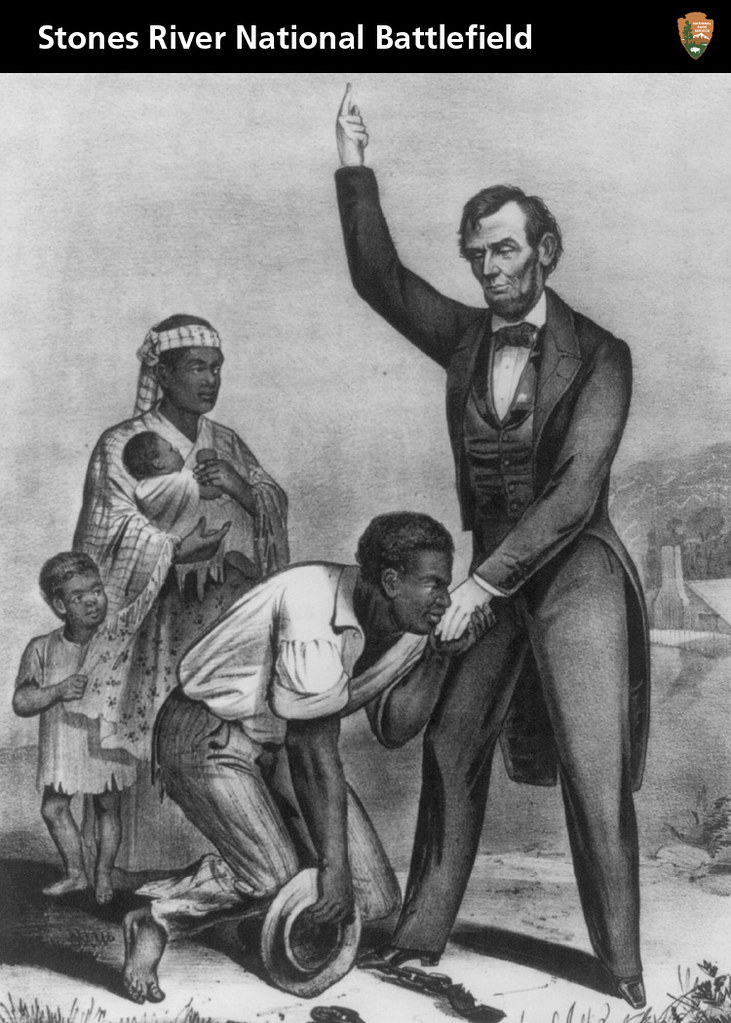
2. **The Emancipation Proclamation only freed some slaves**
The Emancipation Proclamation stands as one of the most significant executive orders in American history, often celebrated as the definitive end to slavery in the United States. Many students are taught that this document single-handedly brought about the abolition of the peculiar institution, a grand sweep of presidential power freeing all enslaved people with a stroke of a pen.
But the reality, as historian William D. Carrigan explains, is far more nuanced. He clarifies that “Students think that it ‘freed the slaves,’ but in reality it only applied to those areas still controlled by the Confederacy and so didn’t actually free the slaves directly.” This means that in the Union states, or Confederate states already under Union control, slavery was technically still legal under the Proclamation’s terms.
What the Emancipation Proclamation *did* achieve, Carrigan highlights, was to allow enslaved people in Confederate territories to “free themselves” by running away to Union lines or the North. This provision sparked a massive exodus, with “between 500,000 and 700,000” enslaved individuals seizing the opportunity to gain their freedom. It was a strategic wartime measure, designed to weaken the Confederacy and bolster Union forces, rather than a universal declaration of freedom.
The true, final end to slavery came with the ratification of the 13th Amendment in December 1865, a full eight months after Lee’s surrender at Appomattox Courthouse. If you can ace a quiz on Constitutional amendments, you probably knew this already!
Read more about: Beyond the Page: 14 Profound Aspects of Toni Morrison’s ‘Beloved’ That Still Resonate Today

3. **The practice of Chinese foot-binding was not only about catching a man**
The historical practice of Chinese foot-binding is often presented as a stark example of extreme measures women have taken throughout history to conform to cultural beauty standards, primarily to attract a husband. The gruesome process involved breaking a young girl’s bones and tightly binding her feet to achieve the desired “lotus feet”—a small, dainty, and highly sought-after aesthetic in imperial China. This narrative emphasizes the patriarchal pressures and the lengths to which women would go for marital prospects.
While the pursuit of beauty and marriageability certainly played a role, recent research reveals a more complex picture. The study detailed in the research book *Bound Feet, Young Hands* by Lauren Bossen and Hill Gates offers a groundbreaking insight. Their work indicates that foot-binding, particularly among peasant families, served a practical economic purpose beyond mere aesthetics or marriage.
Co-author Laurel Bossen told HuffPost that “What’s groundbreaking about our work is that [foot-binding was] not confined to the elite.” She explained that the practice was prevalent among many peasant families to create immobility for girls. This immobility effectively confined girls to the home, ensuring they would “stick around doing handwork that families depended on for selling goods.”
Thus, for many, foot-binding was less about a husband and more about forcing young girls into a specific economic role, contributing to the family income through sedentary tasks. The study, based on interviews with over 1,800 women across China, effectively “dispels the view that the goal was only to try to please men.”

4. **The Thanksgiving holiday commemorates a tragedy**
Thanksgiving is a beloved American holiday, typically associated with heartwarming stories of Pilgrims and Native Americans sharing a harmonious feast, a symbol of unity and gratitude. It’s a narrative deeply embedded in our collective memory, reinforced by school plays, festive meals, and an overarching theme of peaceful coexistence that helped build a nation.
However, the true historical origins of Thanksgiving are far from the idyllic scenes often depicted. According to Ramona Peters, the Mashpee Wampanoag Tribe’s Tribal Historic Preservation Officer, President Lincoln promoted the celebration of a happy meal between the Pilgrims and Indians to create a feeling of harmony and bring together the country after the Civil War. This suggests a deliberate effort to shape the holiday’s narrative for national cohesion, rather than reflecting an authentic historical event of harmony.
The actual roots of what became the Thanksgiving holiday are rooted in a brutal massacre. In 1636, after a murdered man was discovered in a boat in Plymouth, English Major John Mason and his soldiers retaliated by blaming and then killing “400 of them in retribution, including women and children” from the Pequot Indians. This act of violence led to a chilling proclamation.
The Governor of the Massachusetts Bay Colony, William Newell, then declared: “From that day forth, shall be a day of celebration and thanks giving for subduing the Pequots.” This gruesome decree paints a starkly different picture from the one we typically share over turkey and pumpkin pie, revealing a disturbing origin that makes it one of those disturbing history facts you’ll wish weren’t true.
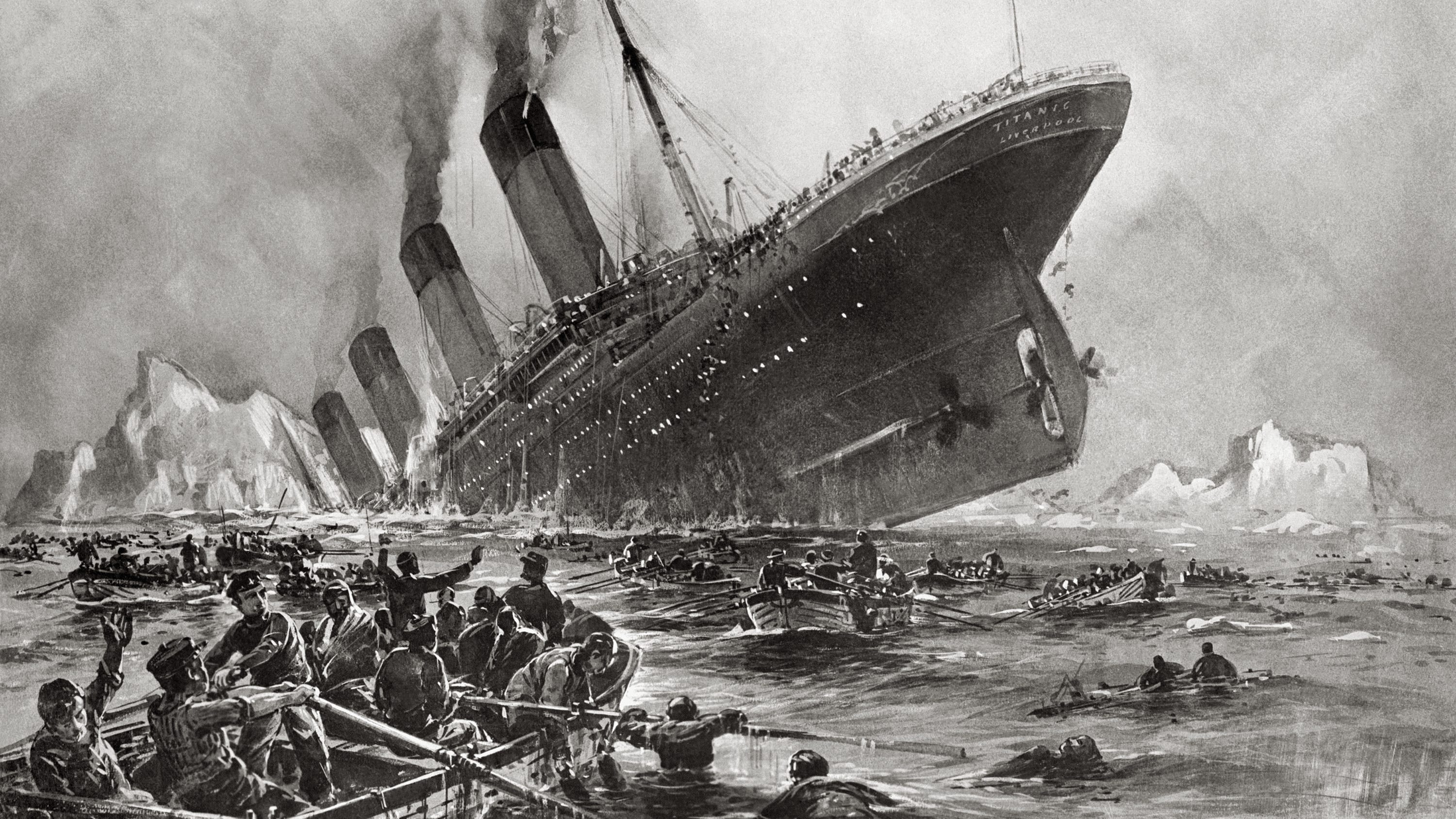
5. **The Titanic didn’t sink because it hit an iceberg**
The tragedy of the RMS Titanic, the “unsinkable” ship that met its icy demise in the North Atlantic in 1912 after colliding with an iceberg, has captivated imaginations for over a century. The image of the massive liner scraping against the frozen mass and slowly succumbing to the frigid waters is a deeply ingrained part of maritime lore, often presented as a straightforward, if catastrophic, accident.
But what if the iceberg wasn’t the sole, or even primary, culprit? Recent analyses suggest a far more complex chain of events. A roaring fire, burning unnoticed in the ship’s hull for three weeks prior to the collision, may have played a critical role in the Titanic’s sinking. This revelation comes from a recent analysis of photos, found in an attic, taken by the ship’s electrical engineer.
These images led experts to determine that an inferno raged, requiring “12 men to try to contain the flames, but to no avail.” By the time the Titanic struck the iceberg, the structural integrity of the hull was already compromised. The intense heat would have weakened the steel, making it far more susceptible to damage and allowing the “ship’s lining [to be] torn open” much more easily.
As journalist Senan Molony stated in the 2017 documentary *Titanic: The New Evidence*, the official inquiry branded the sinking “as an act of God. This isn’t a simple story of colliding with an iceberg and sinking. It’s a perfect storm of extraordinary factors coming together: fire, ice and criminal negligence.” This perspective completely redefines our understanding of one of history’s most famous maritime disasters.
Read more about: The Unbearable Weight of Regret: Deconstructing James Cameron’s Singular Apology for a Pivotal ‘Titanic’ Scene
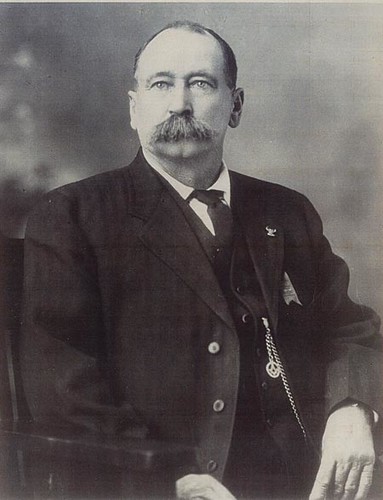
6. **George Washington chopped down the term of his Presidency, not a cherry tree**
George Washington, the revered “Father of His Country,” is a figure around whom many enduring myths have been woven. Among the most popular, and charming, is the tale of young George chopping down his father’s cherry tree and, when confronted, famously declaring, “I cannot tell a lie.” This anecdote, along with colorful stories about his wooden teeth, has become a staple of childhood history lessons, portraying him as a paragon of honesty and early American virtue.
Let’s clear up a couple of those charming fictions right away. While Washington may not have sported pearly whites, his teeth were certainly not made from wood; they were a curious, albeit advanced for the time, combination of gold, ivory, lead, and human and animal teeth. And as for the cherry tree? That delightful story never happened at all. It was an invention, a myth cooked up by Mason Locke Weems, Washington’s first biographer, in his book *The Life of Washington*. Later, another writer, William Homes McGuffey, repeated the story in his popular children’s reader, solidifying it in the American consciousness for generations.
The real admirable acts of Washington, according to history professor William Carrigan, often get overshadowed by these pervasive myths. Carrigan notes that “Most students sadly know very little about why George Washington was so admired in his day.” Instead of the cherry tree, Washington was “widely admired for resigning his commission after the Revolutionary War and stepping down after two terms as president.” These actions demonstrated an extraordinary commitment to republican ideals and a rejection of monarchical power, setting a crucial precedent for the nascent American democracy—a legacy far more impactful than a mythical act of arboreal honesty.
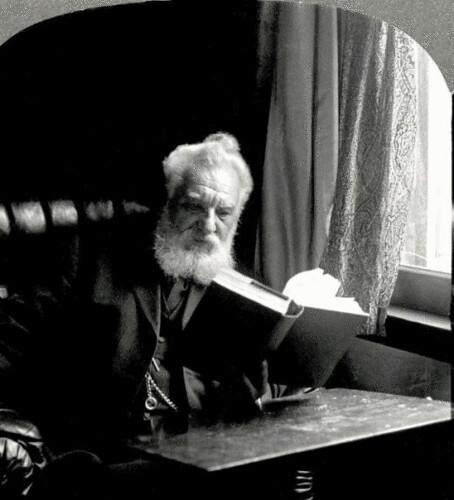
7. **Alexander Graham Bell didn’t invent the telephone**
When you think of the telephone, one name almost invariably springs to mind: Alexander Graham Bell. He’s been lauded in textbooks for decades as the singular genius who, in 1876, ushered in the age of modern communication with his groundbreaking invention. The story is often presented as a triumph of individual ingenuity, a clear-cut case of one man’s vision transforming the world.
However, the full story of the telephone’s invention is considerably more complex, involving a race of brilliant minds working on similar ideas simultaneously. Bell’s true achievement, it turns out, was not necessarily the invention itself, but rather being the first to patent it. As the context explains, “He wasn’t the inventor of the telephone like we were all taught—he was the first to patent it.” This crucial distinction highlights the role of intellectual property rights in shaping our understanding of who gets credit for innovation.
Indeed, the U.S. Congress, in 2002, formally recognized an impoverished Florentine immigrant, Antonio Meucci, as the true inventor of the telephone, 113 years after his death. *The Guardian* reported this landmark decision, stating that historians and Italian-Americans successfully campaigned to acknowledge Meucci’s “teletrofono,” which he had demonstrated in New York as early as 1860.
The resolution declared that Meucci’s work in the invention of the telephone “should be acknowledged,” even though Bell secured the patent 16 years later. This reveals a profound truth: history isn’t always written by the innovators, but sometimes by those quickest to the patent office. As the resolution stated, “It is the sense of the House of Representatives that the life and achievements of Antonio Meucci should be recognized, and his work in the invention of the telephone should be acknowledged.”
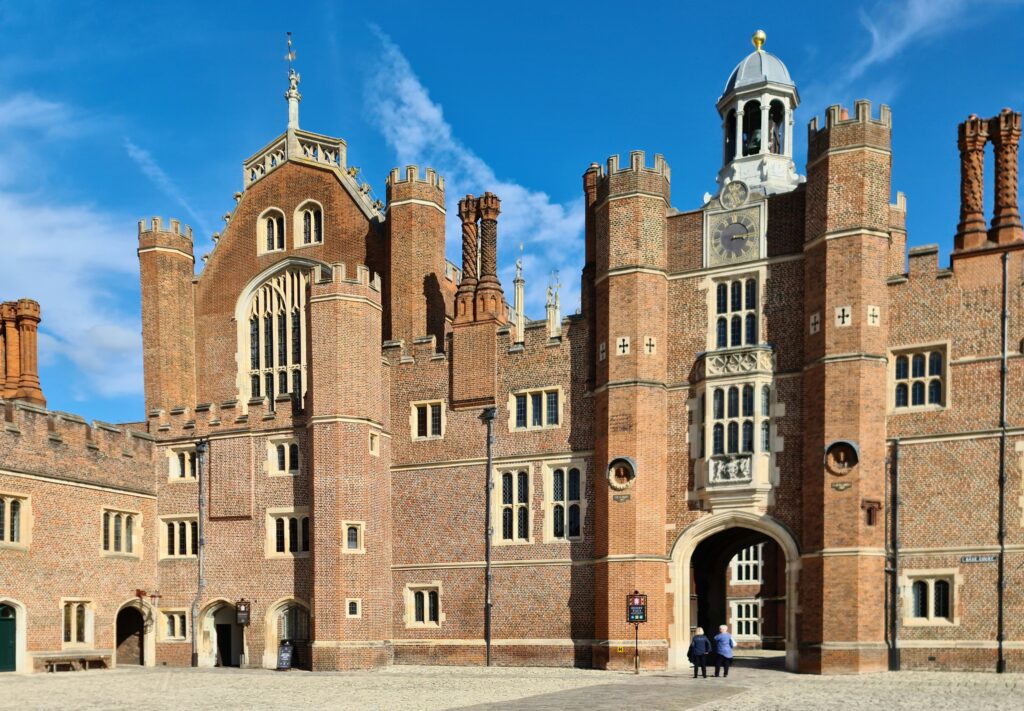
8. **Anne Boleyn wasn’t sporting six digits**
The Tudor court was a hotbed of intrigue and rumor, and few figures sparked more gossip than Anne Boleyn, Henry VIII’s second wife. Her dramatic story, culminating in her execution for treason, has fascinated historians and storytellers for centuries. Yet, among the many whispers that surrounded her, one particularly outlandish claim has persisted through the ages: that she had six fingers on one hand. It’s a detail that sounds like something straight out of a particularly sensationalized period drama!
This particular piece of historical ‘gossip’ was heavily amplified by Nicholas Sander, a Catholic propagandist who, decades after Anne’s death, penned a book filled with unflattering descriptions. He wrote that the queen “…had a projecting tooth under the upper lip, and on her right hand, six fingers,” adding that she also concealed an ugly cyst on her neck. In a time when physical “imperfections” like extra digits or moles were often seen as signs of the devil or witchcraft, such claims were powerful tools to demonize a queen who had disrupted the religious and political landscape of England.
However, it turns out Sander likely had a strong personal vendetta, particularly against Anne’s daughter, Queen Elizabeth I, and may have simply fabricated these details. Contemporary accounts from those who actually knew and interacted with Anne Boleyn described her as a beauty. According to History.com, a biographer named George Wyatt, who spoke with Anne’s former attendants, noted she did have several moles and an extra nail on the little finger of her right hand, but crucially, no sixth digit. Further debunking this sensational claim, when a doctor exhumed the supposed burial site at the Tower of London in the 19th century, none of the bodies showed any sign of an additional finger. So much for tabloid history!

9. **Pocahontas wasn’t crushing on John Smith**
For many, the name Pocahontas conjures images of a spirited young woman, romantically entangled with the English colonist John Smith, a narrative popularized by animated films and countless retellings. This charming storyline suggests a love that transcended cultural divides, fostering peace between two vastly different worlds. It’s a compelling tale, but as with many historical narratives, the truth is far more complex and, frankly, less fairytale-like than the Disney version we all know and love.
The reality, according to tribal oral histories and *The True Story of Pocahontas*, penned by members of the Mattaponi Tribe, is quite different. When John Smith arrived in what would become Virginia, Pocahontas was a child, only around eight years old. A romantic relationship with Smith would have been impossible and inappropriate. Later in her life, she was married to another young Indian warrior, who, sadly, eventually died. The historical record also indicates she may have had a child given to relatives before she was forced into captivity at the tender age of about 15 or 16.
Buck Woodard, a cultural anthropologist and former director of the American Indian Initiative at Colonial Williamsburg, told Indian Country Today that “At a very young age, Pocahontas helped establish a relationship between the Algonquin and the English.” While there was indeed a mutual admiration between her and Smith—who later described her as “unrivaled in wit and spirit”—their relationship was never a romantic one. The widely celebrated “romance” between Pocahontas and John Smith is, in essence, one of those famous historical moments that, well, never actually happened outside the realm of creative storytelling.
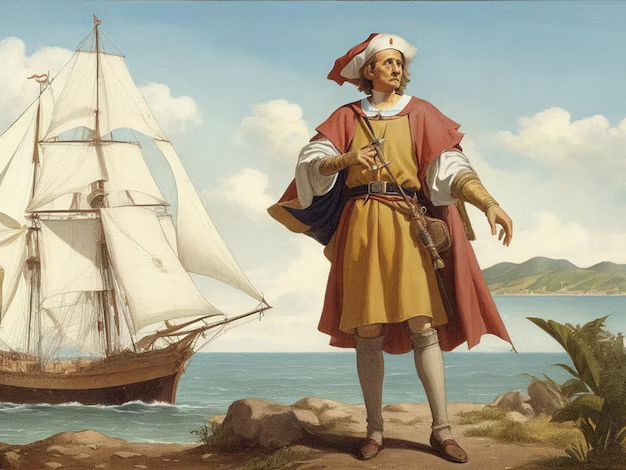
10. **Columbus took a shortcut and lucked out**
Christopher Columbus is a name synonymous with the ‘discovery’ of America and, for many, the audacious feat of proving the Earth wasn’t flat. These monumental achievements are often etched into our minds from elementary school, forming the bedrock of our understanding of early American history. But much like a carefully edited movie trailer, these portrayals often omit crucial details or, in some cases, are entirely off-base. It’s time to chart a course for the real story behind Columbus’s famous voyages.
First off, let’s put the flat Earth myth to rest. The notion that in 1492, people believed the Earth was a pancake waiting for ships to fall off the edge is, according to the Washington Post, simply untrue. Educated people had known the Earth was spherical since ancient Greek times. Columbus’s real mission was far more practical: he was trying to prove a westward route from Europe to China, hoping to find a faster trade passage than sailing east. His calculations, however, were dramatically incorrect, leading him to significantly underestimate the Earth’s circumference.
His plans for a quick ‘shortcut’ to Asia were, quite literally, derailed when he unexpectedly encountered a whole new continent, what we now call the Americas. He never actually landed in what would eventually become the United States; his voyages brought him to the Caribbean, where he believed he had reached the East Indies. While he undeniably became an esteemed figure in the narrative of America’s founding, his “discovery” was more an accidental encounter with land he didn’t expect, leading to a whole host of facts about him that are far from the truth we typically learn.

11. **The Wright brothers weren’t the first to earn their wings**
When we think of the first successful powered flight, the image of Orville and Wilbur Wright soaring above Kitty Hawk in their Flyer 1 almost immediately comes to mind. Their pioneering spirit and ingenuity are celebrated in textbooks, museums, and countless documentaries, cementing their place as the undisputed fathers of aviation. We’re taught that these bicycle-making brothers from Dayton, Ohio, were the singular figures who first unlocked humanity’s dream of true flight.
However, the question of “first in flight” has a fascinating and often overlooked contender. While the Wright brothers certainly engineered the first truly controllable aircraft, the real claim for the very first successful powered flight might actually belong to a German immigrant named Gustav Whitehead, whose achievement took place in Bridgeport, Connecticut. This isn’t just a fringe theory; in 2013, *Jane’s All the World’s Aircraft*, widely regarded as the “world’s foremost authority on aviation history,” officially named Whitehead’s August 1901 flight as the first successful powered flight in history, according to *flyingmag.com*.
This landmark decision by *Jane’s* came after a thorough review of compelling evidence presented by aviation researcher John Brown. Brown’s findings suggested that Whitehead may have made not just one, but possibly two flights in a small monoplane of his own design—which was also powered by a tiny motor of his own creation—as early as 1901. That’s a full two years before the Wright Brothers made their famous flight at Kitty Hawk. So, while the Wrights perfected the art of controlled flight, the skies might have been conquered by another pioneering spirit even earlier than we typically believe.
Read more about: From Oscar Winners to Razzie Nominees: The Best and Worst Films of 15 Iconic Actors, According to Fans

12. **Charles Lindbergh was not the first to cross the Atlantic by air**
Charles Lindbergh, famously dubbed “Lucky Lindy,” captured the world’s imagination with his daring solo flight across the Atlantic in 1927. His 34-hour grueling journey from New York to Paris in the Spirit of St. Louis was an astonishing feat of endurance, navigation, and sheer will, instantly making him a global hero. For many, his name is synonymous with the first successful non-stop aerial crossing of that vast ocean, a triumph of man and machine over the elements.
But here’s a little secret: while Lindbergh’s solo achievement was undeniably epic, he was not, in fact, the first person to fly non-stop across the Atlantic. That honor goes to two British pilots, John Alcock and Arthur Brown. Back in 1919, eight years before Lindbergh’s famous flight, they successfully flew a Vickers Vimy biplane from Newfoundland to Ireland. Their journey ended with a crash landing in a bog, but they had indeed completed the non-stop aerial crossing, marking a significant milestone in aviation history well before Lindbergh.
Does this diminish Lindbergh’s accomplishment? Not in the slightest! While he may have been around the 85th man to cross the Atlantic by air, his solo endeavor was particularly extraordinary. Imagine flying for 34 hours straight, without the benefit of autopilot or energy drinks, having to stay wide awake and navigate entirely on your own from one major international city to another. And let’s not even get into the practicalities of going to the bathroom during such a marathon flight! So, while he wasn’t the first, “Lucky Lindy” proved himself a true pioneer, solidifying his place in history with an unparalleled feat of individual daring.
Read more about: Unmasking History’s Hidden Horrors: 14 Figures Whose True Evil Emerged Posthumously
13. **Henry Ford wasn’t an inventor of the car**
Henry Ford is a titan of American industry, a name inextricably linked to the automobile and the revolutionary changes it brought to society. His vision of “a car for the great multitude” transformed transportation, making personal vehicles accessible to the average family. We often credit him not only with making cars better, cheaper, and faster but also, in many popular narratives, with inventing the car itself. It’s a testament to his immense impact that his name became almost synonymous with the creation of the automobile.
However, the invention of the automobile predates Henry Ford’s endeavors by several decades. The credit for designing and building the first practical automobile powered by an internal-combustion engine belongs to the German mechanical engineer Karl Benz. His groundbreaking three-wheeled Motorwagen made its first successful run in 1885, a full year before Ford even began constructing his own first car in 1886. Benz’s innovation laid the foundation for the entire automotive industry, marking him as the true pioneer.
So, if Ford didn’t invent the car, what was his genius? His true brilliance lay in his ingenuity for mass production. By building larger factories and implementing revolutionary moving production lines, Ford dramatically reduced the cost and time it took to manufacture cars. This industrial revolution made automobiles affordable to the masses, democratizing personal transport and sparking America’s enduring love affair with the car. While he may not have been the inventor, Henry Ford’s contributions were pivotal in transforming a niche luxury into an everyday necessity, truly fueling the automotive age.
Read more about: Beyond the Veil: 14 Influential Figures Who Were Secretly Freemasons

14. **Thomas Edison did not invent the light bulb**
When asked to name the inventor of the light bulb, virtually everyone instinctively points to Thomas Edison. His name is etched into the annals of history as the genius who, through countless experiments and tireless dedication, brought the world out of darkness and into the warm glow of electric light. It’s a compelling narrative of singular innovation, often taught as a straightforward tale of Edison’s brilliant eureka moment.
But here’s a bright idea: let’s turn on the lights and examine this claim more closely. As Ernest Freeberg, author of *The Age of Edison: Electric Light and the Invention of Modern America*, explained to U.S. News & World Report, Edison “was in a very competitive race where he borrowed—some said stole—ideas from other inventors who were also working on an incandescent bulb.” The reality is, the light bulb was not the product of one lone genius but reflected the cumulative work of many inventors across different countries, each contributing to the evolving technology.
What made Edison ultimately successful was not being the sole inventor, but rather his extraordinary ability to refine, develop, and commercialize the light bulb. Freeberg highlights that Edison was “the assembler of the first research and development team at Menlo Park, N.J.” This team-based, systematic approach allowed him to create a practical, long-lasting, and commercially viable incandescent light bulb system, which included not just the bulb itself, but also the entire infrastructure for electricity generation and distribution. So, while he didn’t *invent* the concept, he certainly perfected and popularized it, making electric light a reality for millions.
Read more about: From Ancient Fish Shocks to Modern Grids: Unpacking the Mind-Blowing History and Core Concepts of Electricity!
And there you have it – another batch of historical ‘truths’ gently nudged into the realm of fascinating fiction. From royal rumors to technological breakthroughs, the past is rarely as simple as our textbooks sometimes make it out to be. It’s a dynamic tapestry woven with countless threads, where heroes are human, discoveries are often collaborative, and events are shaped by a whirlwind of factors. Digging into these nuances isn’t just about correcting the record; it’s about appreciating the incredible, often messy, richness of human history. So the next time a historical ‘fact’ lands in your lap, remember, it might just be waiting for you to uncover its deeper, more surprising story!

